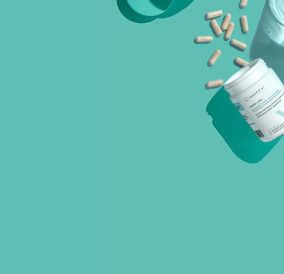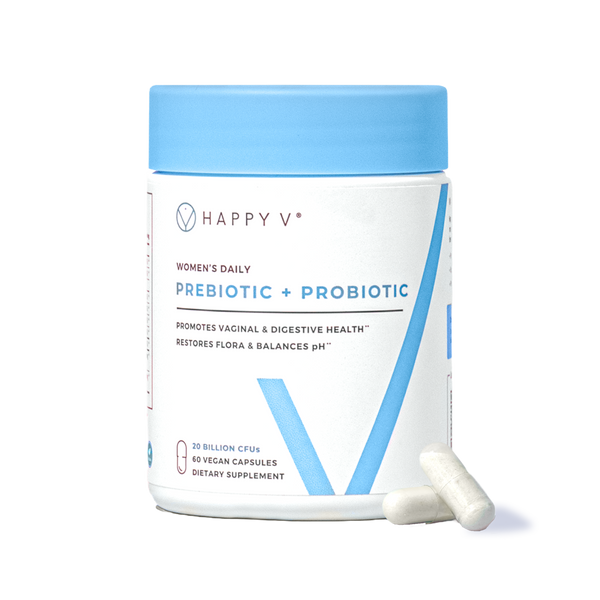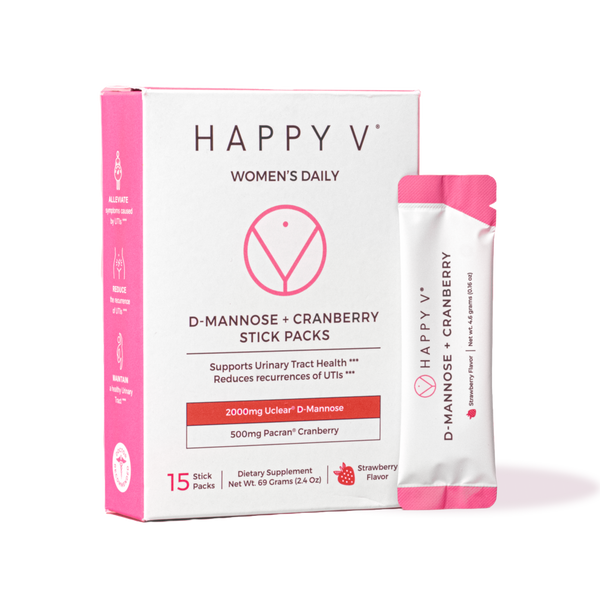- Fact Checked
- April 02, 2020
- 7 min read
Table of Contents
Human Papillomavirus (HPV) is the most common sexually transmitted infection that affects the majority of people on earth. The virus may cause warts on the skin and mucous membranes (internal lining of your organs like vagina, vulva, head of the penis, mouth, and throat) throughout the body.
Types of HPV
Human Papillomavirus (HPV) is the most common sexually transmitted infection that affects the majority of people on earth. The virus may cause warts on the skin and mucous membranes (internal lining of your organs like vagina, vulva, head of the penis, mouth, and throat) throughout the body.
There are about 100 different strains of this virus that can affect the body differently. For example, around 60 out of these 100 strains of HPV may cause warts on the hands and feet. The remaining 40 enter your body via sexual contacts and may cause genital warts which may lead to different kinds of cancers. We can classify this infection into two main types including the
Low-Risk HPV –
that may cause warts on the skin, especially hands and feet
High-Risk HPV –
that may cause warts leading to cancers i.e. cervical, anal, penile, and vaginal cancer and some other types of throat and oral cancer. (1)
How Common is HPV?
It’s more common than you think; nearly every other sexually active person is suffering from this virus. Here are some crazy stats by the NIH National Cancer Institute and the correlation between HPV and genital cancers:
- Did you know that Virtually all cervical cancers are caused by HPV? You should also know that routine screening is the best way to remove precancerous cells before they develop! (2)
- And Vaginal and Vulvar cancer are different to cervical cancer; 75% of which are caused by HPV. (2)
- Most Oropharyngeal cancers (70%), which is a type of cancers that affect the side and back of the throat and tonsils, in the United States are caused by HPV.
- And last, According to NIH National Cancer Institute, HPV is the culprit in 90% of anal cancers. (3)
How Do You Get HPV?
Wonder how you get HPV is natural; and by knowing how you can do better and protecting yourself and your sex partner(s) from spreading it. Here’s how it transfers:
- The disease can spread if you have sex with infected partner or if you have multiple sex partners.
- Oral sex can also lead to HPV infections of the throat and upper respiratory tract if the partner is infected.
- Warts can also be transmitted through skin to skin contact.
Important note: You cannot get HPV from swimming pools, toilet seats, or getting in touch with an infected person’s blood, fluids, clothes, or other belongings. Only sexual contact can transmit it. (4)
Who Is At Risk of Getting HPV?
Everyone is at risk. It’s important to understand the risk factors that can lead to this disease. The risk factors include:
- Direct Contact – Touching warts may lead to an increased chance of contracting the infection.
- Multiple sex partners – The risk of contracting increases with the number of partners you have sexual intercourse with. You can also contract the infection from a sex partner who has multiple sex partners.
- Weaker Immune System – A weak immune system increases susceptibility to infections. So if you have a weak immune system, you need to be more defensive against HPV diseases. (1,5)
What Are The Symptoms of HPV?
Most people will have some form of HPV at some time and never experience symptoms. Symptoms may not occur at once but may occur over time. Due to different strains, there may be different symptoms, however the most common of these are warts.
Warts can come in different shapes, such as small bumps or stems, can be raised or flat, and can grow just about anywhere. Usually, your health care provider diagnoses them by simply taking a look at them. These warts can be treated; however, genital warts may come back even after treatment. (6)
How Long Does HPV Last?
In most cases, HPV clears up by itself in one or two years but in some rare cases, it may persist and remain undetected. According to the CDC, 9 out of 10 infections will be cleared out within 2 years once the body can produce the appropriate antibodies to keep them at bay.
Something you can thank your immune system for since it’s the major factor behind the elimination of this virus.
A robust immune system plays an effective role in controlling these infections in our body.
In cases where the virus remains undetected, it can lead to cervical cancers and other health problems. That’s why proper screening is vital to ensure long lasting health.
Sometimes these infections may not show any signs or symptoms at all, making it difficult to recognize them. These are called Latent HPV infections. (6,7)
How Is HPV Treated?
If you’ve been googling how to get rid of HPV, we have some good and bad news for you.
First off, know that the virus itself cannot be treated, however, the body tends to create antibodies so it tends to go away on its own in time.
Several myths about HPV infection that describe it as a lifelong disease but we dutifully inform you that these myths are not true. Proper precautions, a healthy lifestyle, and stronger immunity can definitely allow you to deal with your warts and HPV in general.
However, when symptoms get to a point where they must be treated, it’s good to be assured that these treatments are not too complex and are mostly minimally invasive.
These treatments are more directed at removing the symptoms such as warts and growths. If you are experiencing such symptoms, you can always visit your general practitioner who will most likely refer you to a trained specialist or a sexual health clinic where most of these symptoms are diagnosed and treated.
Though HPV itself cannot be treated, the cells can be addressed if they are caught early enough through conventional and medical means such as:
- Topical Medicines
- Surgical Excision – the precancerous cells areremoved by means of surgery.
- Cryosurgery – a procedure where the diseased part is frozen by some cold liquid or a cryoprobe and destroyed.
- LEEP – a process that uses electric current through a thin wire loop to remove abnormal tissue. (2)
These treatments should have little to no side effects
How do you prevent HPV?
Although we wish for a cure for HPV, prevention can be just as effective if taken seriously.
Vaccination is the first and foremost step to prevent infection. HPV vaccination is approved by FDA and recommended by the Centers for Disease Control and Prevention. Though it has not shown any adverse effects, you should not use a vaccine during pregnancy.
Screening is vital!
Finding precancerous cells is crucial to catching issues early on. When the symptoms are not appearing, screening can aid in detecting the cell changes that can lead to cancer. It’s the most effective way to prevent HPV-related cancer.
Pap test.
A Pap test, also known as a Pap smear, is a painless and needless procedure that is used to detect cervical cancer related to HPV. This is usually recommended at age 21. Doctors recommend repeating the Pap test every 3 years.
Lifestyle Changes.
In order to avoid HPV infection, you need to work on your lifestyle choices and make healthy decisions. Like eating a healthy diet based on fruits, veggies and especially foods without fats.
Avoid allergenic foods and caffeine. Avoiding smoking and alcohol can also help you lower the risk of infections. Limiting your exposure to multiple sex partners will definitely reduce your chances of getting infections.
Controlling Stress.
Everyone faces stress at some time in their life but long term stress can lead to several diseases due to increases in cortisol. Make sure to find time in the day to de-stress, whether by taking a bath, exercising or enjoying a glass of wine with your girls.
Improving Your Immune System.
Boosting your immune system will help you the most in preventing this disease as it is the first defense against all infections. Eat vegetables and fruits that are rich in antioxidants and probiotics. If you don’t like vegetables and fruits then make sure to add a healthy probiotics supplement. (1,2,7)











